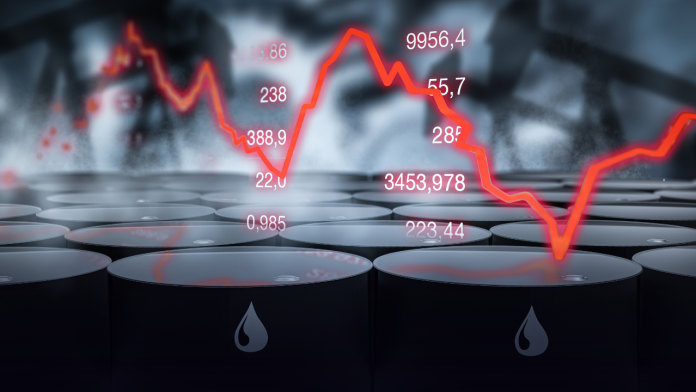“Inflation: Understanding the Invisible Thief” is your key to deciphering economic complexities. Explore the unseen impacts on your finances and discover proactive measures. Navigate the fiscal landscape intelligently. Uncover the secrets now for a financially secure tomorrow.
Introduction
Definition of Inflation
It can be defined as the continuous increase in the general price level of goods and services in an economy over a period of time. It signifies a decrease in the purchasing power of a currency, leading to the need for more money to purchase the same items.
Importance of Understanding the rise
Understanding the concept is essential because it impacts various aspects of our lives, including our ability to buy goods and services, make investments, and plan for the future.
Causes of Inflation
Demand-pull Inflation
It occurs when there is an increase in demand for goods and services, outstripping their supply. This excess demand causes prices to rise as sellers can charge more.
Cost-push Inflation
It is driven by an increase in the cost of production, such as rising wages or the cost of raw materials. These cost increases are passed on to consumers in the form of higher prices.
Built-in Inflation
It is also known as wage-price inflation. It occurs when businesses and employees expect future price increases and adjust wages and prices accordingly, creating a self-fulfilling cycle of the period.
Measuring Inflation
Consumer Price Index (CPI)
The Consumer Price Index measures the average change over time in the prices paid by urban consumers for a market basket of consumer goods and services. It is a crucial indicator for tracking impact on the average person.
Producer Price Index (PPI)
The Producer Price Index gauges price changes from the perspective of sellers. It measures the average change in selling prices received by domestic producers for their output.
Core Inflation
It is a measure that excludes volatile items like food and energy, focusing on the long-term trend in prices. It provides a more stable view of the rise.
Effects of the rise
Impact on Purchasing Power
It erodes the purchasing power of money, meaning you can buy less with the same amount of currency. This affects your ability to afford essential goods and services.
Effect on Investments
It can impact the returns on investments. If the rate of return on investments doesn’t keep pace with it, your real returns can be negative.
Inflation and Interest Rates
Central banks often adjust interest rates to control the rise. An increase in interest rates can help curb but may also impact borrowing and spending.
Types
Moderate Inflation
Within a certain range, It is considered healthy for an economy. It encourages spending and investment while keeping prices stable.
Hyperinflation
Hyperinflation is an extreme form, characterized by a rapid and uncontrollable increase in prices. It can lead to economic instability.
Deflation
Deflation is the term used, where prices decrease over time. While it may seem beneficial, it can be detrimental to an economy.
Managing Inflation
Monetary Policy
Central banks use monetary policy, such as adjusting interest rates and money supply. Controlling the money supply can help managing the period.
Fiscal Policy
Governments can use fiscal policy, like taxation and government spending, to control the rise. Reducing government spending can help reduce the rise.
Supply-Side Policies
Supply-side policies focus on improving the efficiency of the economy to reduce production costs, which can help combating the period.
Global Inflation Trends
Regional Differences
The rates vary across regions and countries, influenced by factors like economic growth, political stability, and currency values.
Factors Affecting Global Rise
Global events, such as wars, pandemics, and geopolitical tensions, can have a significant impact on global trends.
Government’s Role in Controlling the rise
Role of Central Banks
Central banks play a pivotal role in controlling through their monetary policy decisions.
Inflation Targeting
Targeting is a strategy where central banks aim to maintain a specific rate, typically around 2%. This strategy provides predictability and stability.
Conclusion
It is a complex economic phenomenon with far-reaching implications. Understanding its causes, effects, and control mechanisms is crucial for making informed decisions in your personal and professional life. Whether you’re managing your finances, running a business, or investing, staying updated on the trends is essential for success.
FAQs
- What causes inflation? It can be caused by a variety of factors, including increased demand for goods and services, rising production costs, and wage-price spirals.
- How does inflation affect my daily expenses? It can lead to higher prices for everyday items, reducing your purchasing power and potentially affecting your budget.
- Can inflation be beneficial for the economy? Moderate rise is generally considered beneficial, as it encourages spending and investment. However, excessive rise can be harmful.
- Are there any winners during the rise? Individuals with assets that appreciate in value, like real estate or stocks, can benefit during inflationary periods.



